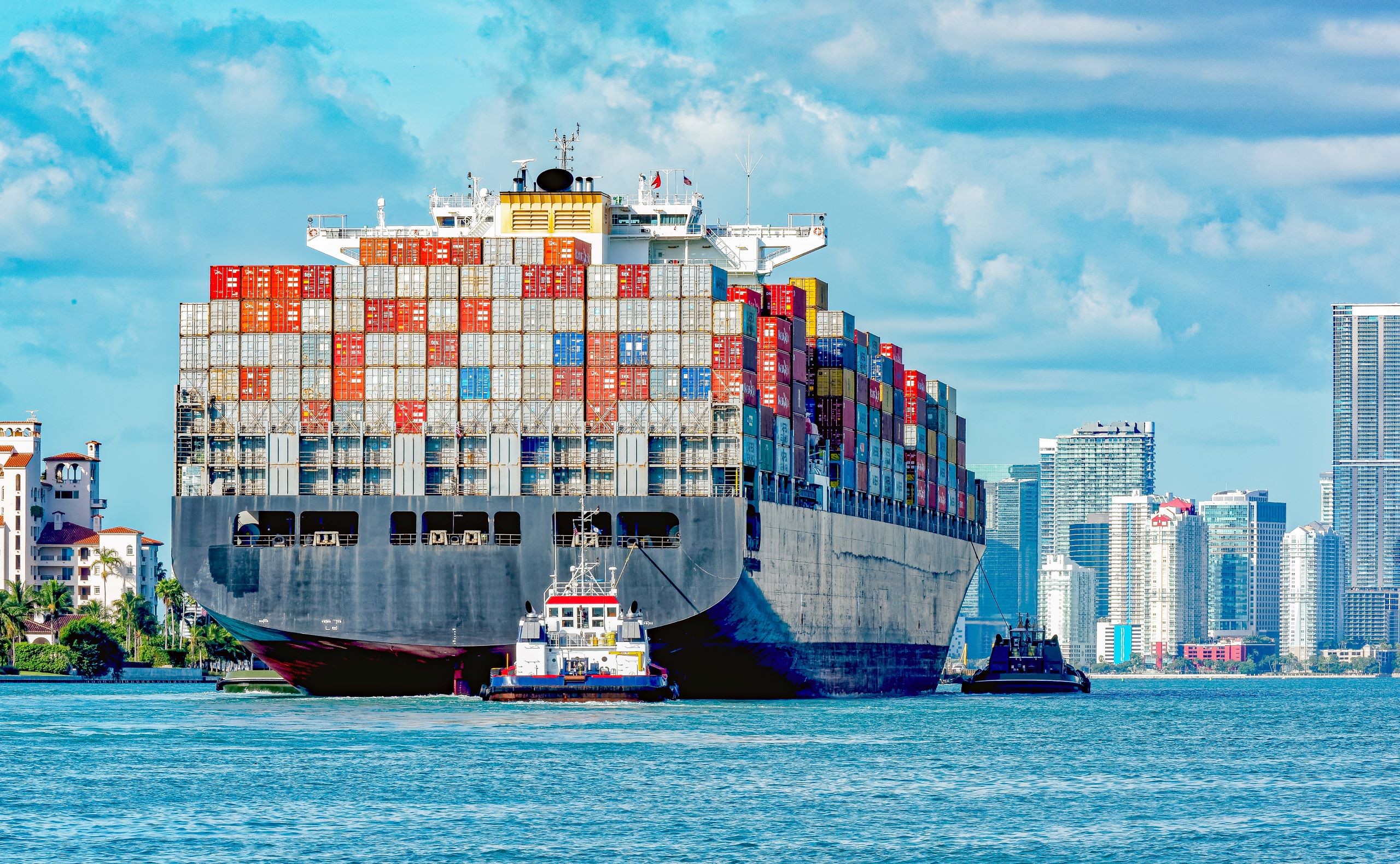Can We Fix the Supply Chain?

Covid-19 arrived two years ago to upend the world, and the global supply chain tumbled with it.
It is a complicated web that brings the products and services together for the world’s needs. Compounding matters are the Russia-Ukraine War and the Omicron surge in China.
The war and subsequent sanctions have compromised transportation routes moving commodities. Therefore, exports of wheat, corn, metals, and fertilizer from Russia are on hold, as are wheat, corn, and barley from Ukraine.

Weak Links in the Supply Chain
Lockdowns from Omicron significantly impact China, responsible for one-third of global manufacturing. Authorities have closed factories, forced dock workers to live at ports, and halted traffic in affected areas.
Conditions in the United States also cause weak links in the chain.
The Marine Exchange of Southern California shows container ships awaiting berths at Long Beach and Los Angeles ports dropped to 78 at the beginning of February 2022. That is down from the all-time high of 109 on January 9.
Adding to the drama is the June expiration of the International Longshore and Warehouse Union contract, which will cause further delays if there is a standoff.

Take a Number and Wait
The Global Supply Chain Pressure Index (GSCPI) is a recently-developed list created by researchers at the Federal Reserve Bank of New York. It measures “standard deviations above the average level of global congestion.” It stood at 3.31 through February 2022. This compares to a high of 4.50 in December 2021 and .06 in January 2020 on a scale of 0 to 6.
Shipments across the Pacific now take more than three months. According to Flexport’s Ocean Timelines Indicator, current Asia to U.S. shipments take more than 110 days, compared to 60 in March 2020.
Freightos Baltic Index shows that in 2019 it cost $1,800 to import a 40’ container from China to the U.S. It is now more than $15k, down from $20k in September 2021. Space on ocean liners is at a premium as demand rises and supply dwindles.

“In the Middle of Difficulty Lies Opportunity” – Albert Einstein
The supply chain in the U.S. is affecting the availability of chicken, microchips, lumber, and other products, adding to inflated prices.
Our newest residents and their families are affected by the baby formula shortage. Mead Johnson reports a lack of raw ingredients needed to make formula, including cow’s milk. A CBS report noted infant formula supplies are down 20 percent since 2020. Powdered formulas are particularly scarce in urban areas.
Robots to the Rescue
Robotic Process Automation (RPA) will be appearing more along the supply chain every day. Already in widespread use, being able to lease robotics as a service (RaaS) is a growing economic enticement. Companies can lease equipment and pay for the service through operating budgets instead of capital expenditures.
With RPA, devices and technologies in warehouses, delivery vehicles, and elsewhere maintain a more efficient supply and product movement accounting. Improving supply and delivery estimates will give consumers a clearer picture of availability.
The supply chain is tangled and worn. The list of contributing factors is as long as the list of items in short supply. A recent article in Forbes cites an inequality of taxes and regulations on small businesses in the U.S. Big companies, which rely on imported products, can more readily absorb product and labor cost increases.
There will always be political conflicts, global health issues, and economic disparities. Natural disasters and other factors will also affect the supply chain.
Covid has already led to solutions and opportunities that didn’t exist previously.
It is a challenging time for everyone, but new alternatives will lead to a stronger, or perhaps shorter, supply chain.






